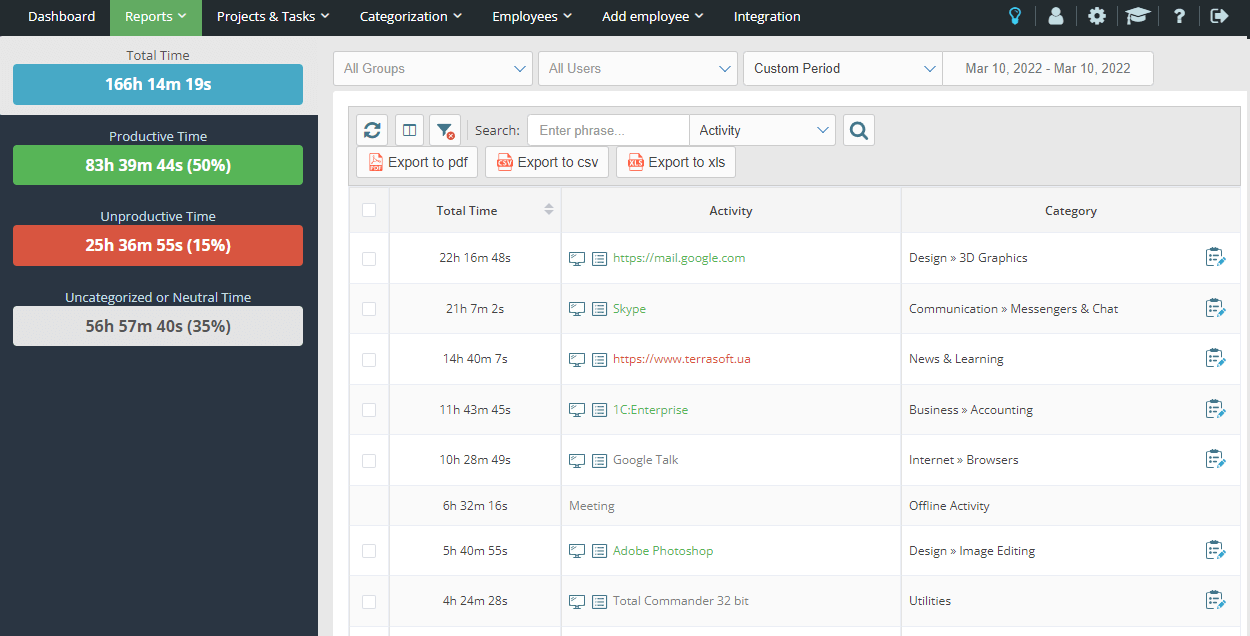Managing work time effectively is a crucial factor for business success. Proper time utilization helps increase overall productivity, minimize wasted resources, and create a well-structured workflow. Companies that optimize their work hours can achieve higher performance levels without excessive strain on employees. This article explores actionable strategies for improving time management and enhancing workplace efficiency.
The Importance of Work Time Optimization
Effective time management allows businesses to meet targets while maintaining workforce motivation. Poor time utilization often leads to decreased productivity, missed deadlines, and increased stress levels among employees. Organizations that plan their work schedules properly can improve staff engagement and reduce operational inefficiencies. Time optimization is especially critical for managers and business owners who need to balance multiple responsibilities. Without a strategic approach to scheduling, key decisions may be delayed, affecting overall business growth. Implementing structured time management techniques helps leaders make informed decisions while keeping operations running smoothly.
Key Strategies for Managing Work Time
Successful time optimization requires structured planning, prioritization, and technology-driven support. By adopting effective techniques, businesses can streamline processes and improve workflow efficiency.
Setting Clear Objectives and Priorities
Establishing defined goals ensures that employees focus on high-impact tasks. Without clear objectives, teams may spend time on non-essential activities, reducing overall efficiency. Prioritizing tasks according to their importance allows businesses to maximize results. One proven method for prioritization is the Eisenhower Matrix, which categorizes tasks based on urgency and importance. By using this framework, managers can delegate less critical tasks and focus on strategic decision-making.
Time Tracking and Performance Monitoring
Monitoring work processes helps identify time-consuming activities that contribute little value. Time-tracking software enables businesses to analyze employee engagement and optimize workload distribution. Companies that implement tracking tools can detect inefficiencies and develop strategies for improving operations. For instance, time-tracking solutions such as Yaware.TimeTracker provide insights into employee productivity and workflow trends. By reviewing tracking data, managers can allocate resources more effectively and streamline workplace activities.

Reducing Workplace Distractions
Eliminating distractions is vital for maintaining focus and efficiency. Constant interruptions, excessive meetings, and digital notifications contribute to time wastage. Creating a structured work environment helps minimize disruptions and allows employees to concentrate on core tasks. Encouraging employees to implement focused work blocks with scheduled breaks can boost productivity. Adopting strategies such as the Pomodoro Technique helps employees manage their time efficiently while avoiding burnout.
Practical Techniques for Time Optimization
Structuring daily workflows requires practical strategies that enhance time efficiency. Businesses can implement the following methods to improve time management across their teams.
- Implementing workflow automation tools to streamline repetitive tasks.
- Encouraging employees to set personal deadlines for improved task completion.
- Reducing unnecessary meetings and replacing them with concise updates.
- Establishing clear communication channels to prevent time-consuming misunderstandings.
- Using project management software to track progress and stay organized.
Applying these techniques ensures that employees remain focused on high-priority assignments and reduce time inefficiencies.
Steps to Implement an Efficient Work Schedule
Establishing an effective work schedule involves multiple structured steps. Businesses must tailor their approach according to team dynamics and organizational goals.
- Analyze current time usage and identify inefficiencies.
- Set realistic goals and align them with company objectives.
- Utilize technology such as time-tracking tools to monitor activity.
- Encourage employees to adopt task prioritization techniques.
- Review progress regularly and make necessary improvements.
By following these steps, organizations can optimize productivity and ensure efficient time management.
Conclusion
Optimizing work time is essential for maintaining efficiency and achieving business objectives. Companies that implement structured time management practices can enhance productivity while minimizing wasted efforts. By adopting tracking tools, prioritizing tasks, and reducing workplace distractions, businesses can create a streamlined workflow. For organizations looking to improve performance, integrating technology such as time-tracking systems is a valuable approach. Explore solutions like https://yaware.com.ua/uk/ to enhance workplace efficiency and achieve continuous growth.

